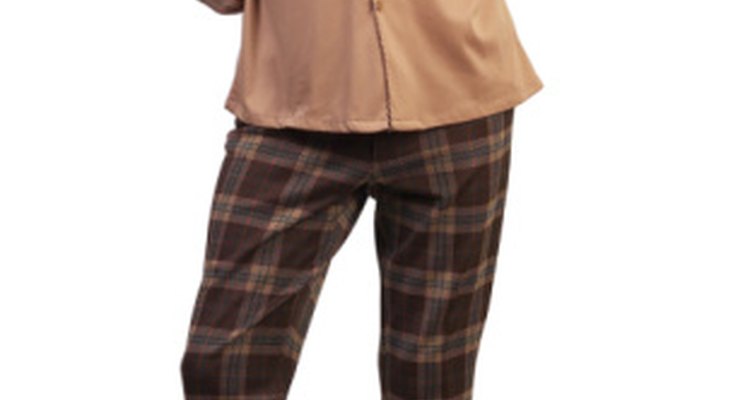
Cotton is a natural fabric harvested from crops, whereas polyester is a man-made polymer derived from natural chemicals. For decades, clothing manufacturers have used blended cotton and polyester so they can enjoy the benefits of both. The blend has a number of characteristics that make it ideal for use in modern clothing.
Individual Characteristics
Cotton is a soft, fibrous material that grows from cotton plants and is a popular clothing fiber due how breathable it is. Cotton absorbs moisture well, retaining about 24 to 27 times its weight in water. Polyester, on the other hand, is a strong man-made fiber that resists creasing and wrinkling. It is a polymer that is a by-product of petrochemicals from coal, air water and oil. The DuPont Co. started producing polyester fiber in 1953.
Blend Benefits
The blend combines the comfort of cotton with the wrinkle resistance and sturdiness of polyester. It makes clothing easier to launder and more comfortable. It is durable, withstands higher temperatures and keeps its color longer. The material also dries quickly, and you can iron it at a lower temperature than pure cotton.
History
Manufacturers first started blending polyester with cotton in the 1960s, and it became popular in fashion worldwide due to its beneficial attributes. Despite its benefits, some consumers dislike the feel of polyester and request 100 percent cotton for more comfort. The polyester-cotton blend remains a common material in the manufacture of clothing today.
Manufacturing Countries
The United States, Far East and India are the top producers of polyester fabrics today. Manufacturers in Ireland also spin large amounts of polyester yarn. The United States and India are principal exporters of cotton as well, as are Brazil, Uzbekistan and Pakistan. The Far East, on the other hand, imports much of its cotton.
Related Articles

What Is Pinpoint Cotton?

Properties of Cotton Fabric

Advantages & Disadvantages of Natural ...

Spandex vs. Polyester

About Polyester Cotton Blend

Denim vs. Denim Blends
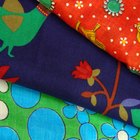
What Is Arnel Vintage Material Fabric?

Description and Characteristics of ...
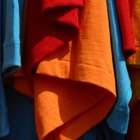
The Difference in Lycra & Cotton

How Much of the World's Clothing Is ...

Microfiber vs. Cotton Clothes
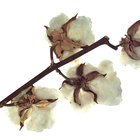
Uses of Cotton Fabric

Information About Cotton Fabric

How to Keep Cotton Pants From Shrinking
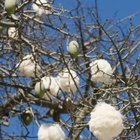
List of Plants Used for Clothing
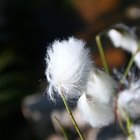
What Types of Fabrics Absorb Dye Best?

The Disadvantages of Silk

The Advantages of Polyester Cotton
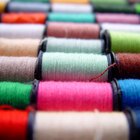
The Disadvantages of Polyester Cotton

The Meaning of Cotton for a 2nd ...
Writer Bio
Based in the Washington, D.C., area, Dan Taylor has been a professional journalist since 2004. He has been published in the "Baltimore Sun" and "The Washington Times." He started as a reporter for a newspaper in southwest Virginia and now writes for "Inside the Navy." He holds a Bachelor of Arts in government with a journalism track from Patrick Henry College.
Photo Credits
Hemera Technologies/PhotoObjects.net/Getty Images